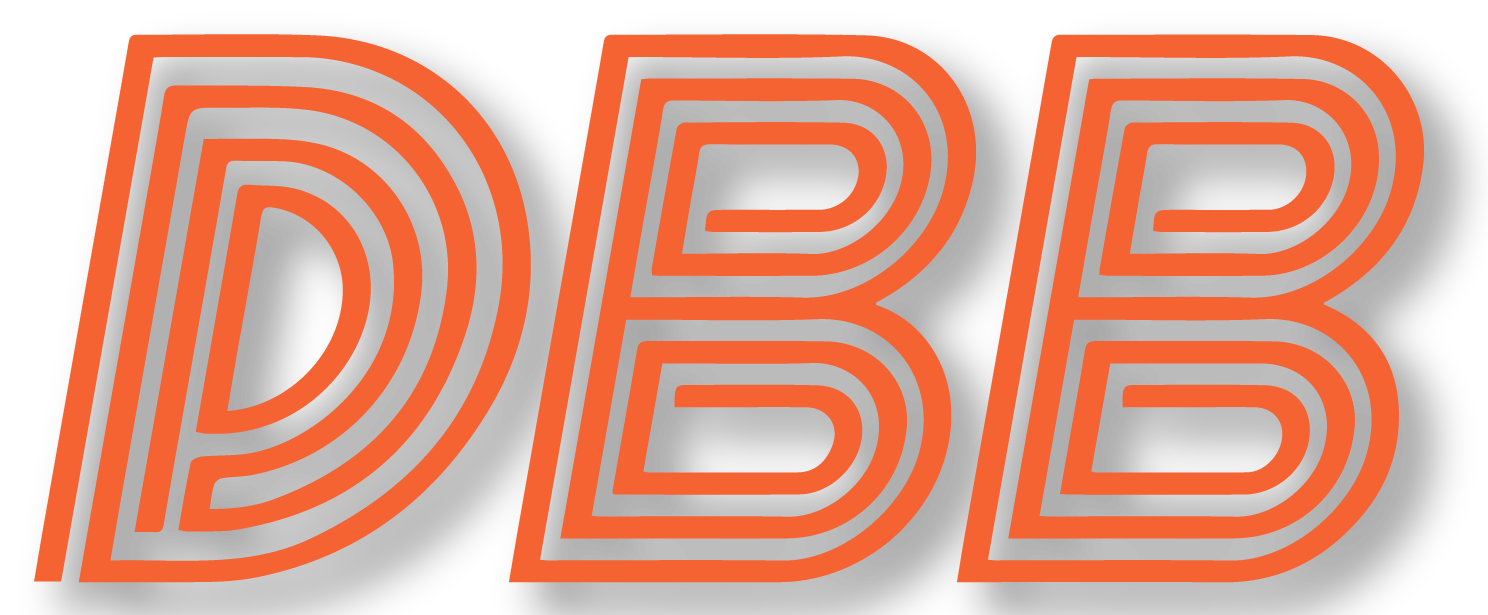The Bears didn’t wait long to start attacking the offseason following a disappointing 2019. Just three days after their last game and one day after firing offensive line coach Harry Hiestand, they hired his replacement in Juan Castillo. He brings a wealth of experience to the role, having filled the same position in Philadelphia under Andy Reid from 1998-2010, in Baltimore from 2013-16, and in Buffalo from 2017-18.
Castillo is expected to be heavily involved in designing and coordinating the run game in Chicago, which will be revamped this offseason after 2 unproductive years under Hiestand and former offensive coordinator Mark Helfrich. Accordingly, I dug into how well run games have fared under Castillo in the 19 years he’s served as an offensive line coach and/or run game coordinator. I did this using DVOA rankings, from Football Outsiders, which are a generally solid all-encompassing metric to evaluate both the rushing and passing production from an offense. The ranks for rushing and passing DVOA can be seen in the table below.
There’s a lot of data to parse through here, and I think you can look at it fairly from both an optimistic and pessimistic viewpoint. Let’s take a brief look at each perspective:






